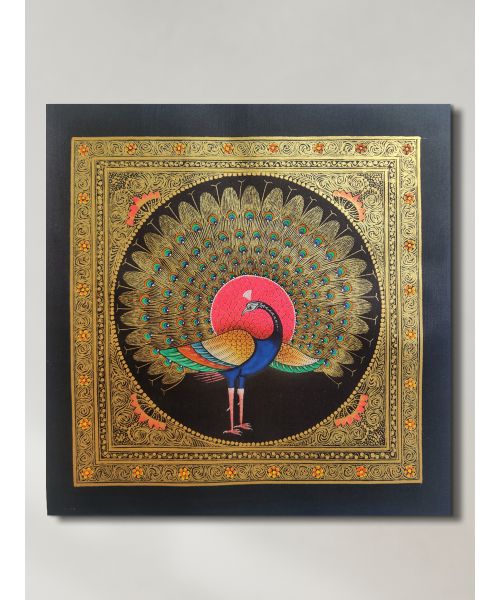Miniature painting can be a fun and rewarding hobby, but choosing the right tools and materials can make a huge difference in the quality of your finished product. In this article, we will guide you through the process of selecting the best materials and tools for your miniature painting project.
Contents
1. Brushes
The first step in any miniature painting project is to choose the right brushes. The brushes you select will depend on the size of your miniatures and the level of detail you want to achieve.
For fine detail work, we recommend using a size 0 or 1 brush with a fine point. If you are working on larger miniatures or want to cover a larger area, a size 2 or 3 brush is a good choice. When selecting brushes, it is important to choose high-quality brushes made from natural fibers, such as sable or kolinsky, as they will hold more paint and allow for better control.

2. Paints
Selecting the right paints for your miniature painting project is crucial to achieving the desired effect. There are two main types of paints used in miniature painting: acrylic and enamel.
Acrylic paints are the most popular choice for miniature painting due to their ease of use, quick drying time, and ability to be thinned with water. They also come in a wide range of colors and can be mixed to create custom shades.
Enamel paints, on the other hand, offer a more durable finish and are ideal for metal miniature painting. However, they require a longer drying time and can be difficult to clean up.
When selecting paints, it is important to choose high-quality paints that are specifically designed for miniature painting, as they will provide better coverage and adhesion.
3. Primer
Priming your miniatures is an important step in the painting process, as it provides a smooth surface for the paint to adhere to and can help improve the longevity of your finished product.
We recommend using a spray primer designed specifically for miniatures, as it will provide a smooth, even coat and can help highlight any imperfections in your miniature that need to be addressed before painting.
4. Lighting
Proper lighting is essential when miniature painting, as it allows you to see the details and colors more clearly. Natural daylight is the best option, but if this is not possible, a high-quality LED light will also work well.
When selecting a light, it is important to choose one that provides a bright, even light without casting shadows or causing glare.
5. Workspace
Creating a dedicated workspace for your miniature painting project can help improve the quality of your finished product and make the process more enjoyable.
We recommend setting up a table or desk with ample space to work and good lighting. It is also important to keep your workspace clean and organized, as clutter can be distracting and make it more difficult to focus on your painting.
6. Miscellaneous Tools
There are several other tools and materials that can be useful when miniature painting, including:
- Palette: A palette is used to mix and hold your paints. We recommend using a wet palette, as it will keep your paints moist and prevent them from drying out too quickly.
- Paint Thinner: If you are using enamel paints, you will need to use a paint thinner to thin the paint to the desired consistency.
- Magnifying Glass: A magnifying glass can be useful when painting small details or working on particularly small miniatures.
- Pin Vice: A pin vice is used to drill small holes in your miniatures for things like pinning and basing.



